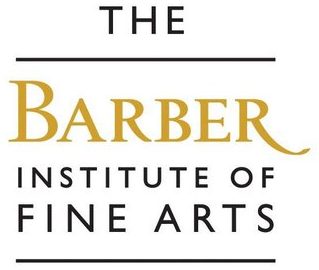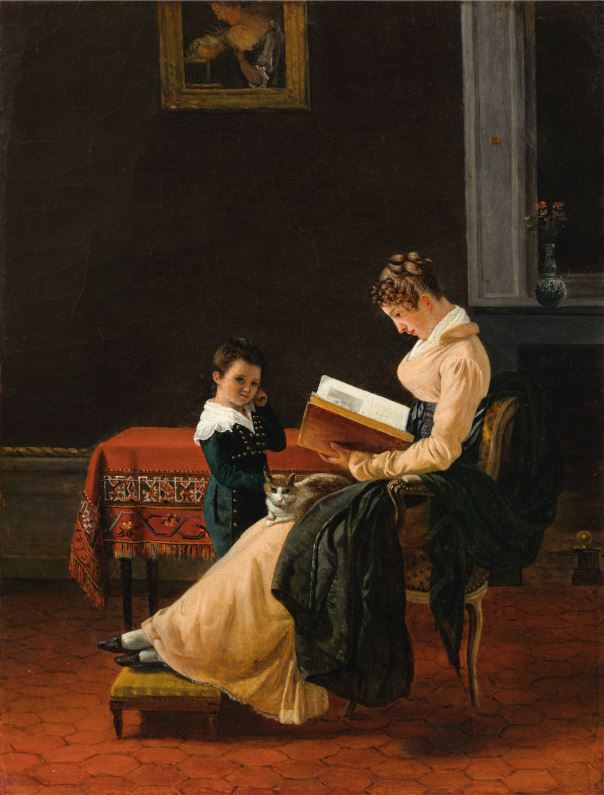Van Dyck’s Ecce Homo painting
Behold the man! Other ways of seeing Van Dyck’s painting Celeste Garduño Carbajal ‘We cannot change the past, but we can change how we look at the past’ – Trisse Gejl, Steven Sampson (2020) Behold the man! Other ways of seeing Van Dyck’s painting is a research project resulting from a 4-month internship undertaken by … Read more

